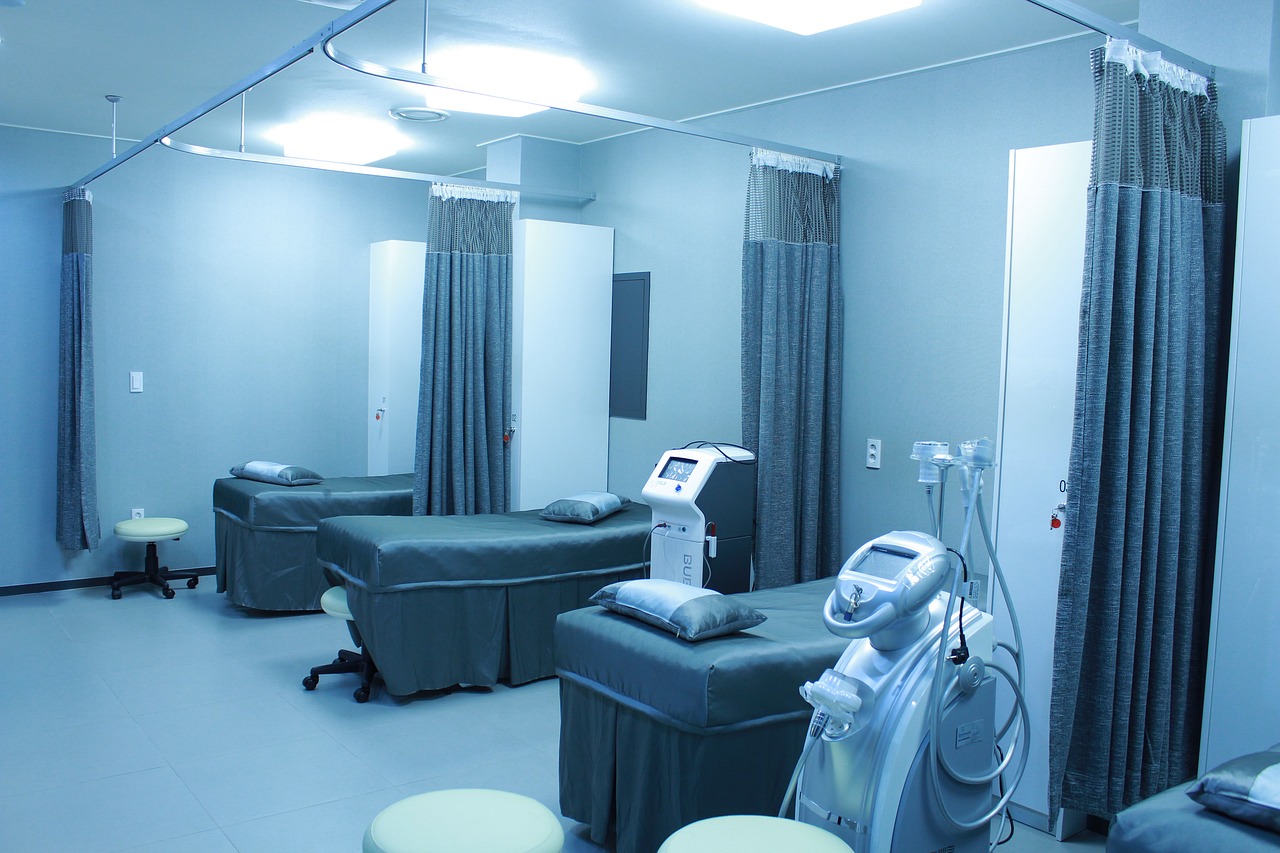07
Oct 2024
Main hospital in the region forced to constantly shuffle patients
Published in News on October 07, 2024

The Sunshine Coast University Hospital faced resource shortages nine times in the three months leading up to the end of June, according to Queensland Health performance data. The hospital hit Tier 3 capacity—indicating limited or exhausted resources—three times in April, twice in May, and four times in June.
Under Queensland Health protocols, Tier 3 status means the hospital struggles to meet the community's needs, often resulting in patients being redirected to other facilities or sent home to free up space. On average, these Tier 3 episodes lasted about 60 hours and 15 minutes, or roughly two-and-a-half days each time.
These repeated Tier 3 incidents raise concerns about the hospital's capacity to serve the region’s rapidly growing population, despite being less than a decade old. Queensland Health confirmed that the hospital has 828 beds and bed alternatives, though only 718 were available by the end of June.
A spokesperson for Sunshine Coast Health explained that the number of available beds and bed alternatives fluctuates based on demand and various other factors.
"Sunshine Coast Health adjusts bed availability depending on demand, the complexity of patients, their length of stay, and staffing levels," the spokesperson said. "The number of beds and bed alternatives can change daily."
The spokesperson added that simply "opening more beds" is not always the solution.
"It depends on the types of patients coming to the hospital. For instance, beds in the emergency department, intensive care unit, general wards, or maternity need to be planned to keep similar types of patients together. Each area requires different staffing based on the specific care needs of those patients," the spokesperson explained. "It’s not just about where the bed is located; it’s also about ensuring the right mix of clinicians is available to provide care."
Queensland Health’s performance data from the June quarter shows staffing levels had increased from last year. The number of doctors rose by 8.7% to 982, nurses and midwives increased by 4.6% to 2,862, and professional and technical officers grew by 6.2% to 679. However, patient numbers also surged compared to the same period last year.
Patient admissions increased by 9.8% to 26,765, while emergency admissions rose 6.7% to 11,005. Services provided to non-admitted patients jumped 17.9% to 114,622, and same-day admissions were up 11.7% to 14,950. The number of babies born saw a 7.4% increase, reaching 851.
Despite the surge in emergency arrivals, the percentage of patients transferred off stretchers within 30 minutes improved by 3.6%, bringing the figure to 67.5%.
In comparison, none of the other Sunshine Coast Health hospitals reached Tier 3 in the three months to June. Nambour Hospital saw a 22.6% increase in available beds, reaching 239, and a 7.6% rise in patient admissions to 7,910. Emergency admissions at Nambour increased by 3% to 3,049.
Maleny Soldiers Memorial Hospital experienced a 52% decrease in available beds, dropping to 12, and its patient admissions decreased by 29.6% to 157. Caloundra Health Service had stable bed numbers at 35, with a 3.2% increase in patient admissions to 2,209. Meanwhile, Gympie Hospital saw a slight increase in beds (up 1.1% to 91), and patient admissions rose 6.7% to 4,622. Emergency admissions at Gympie climbed by 11.1% to 1,859, and 89 babies were born—a 30.9% increase.
For patients and families requiring extended stays near hospitals, there are several hospital accommodation options nearby that offer comfort and convenience. These accommodations, such as serviced apartments and short-term rentals, are ideal for those needing to be close to medical facilities, especially during extended treatments or recovery periods. Hospital stays can be stressful, but staying in nearby accommodations can make the experience smoother by reducing travel time and providing a home-like environment.









